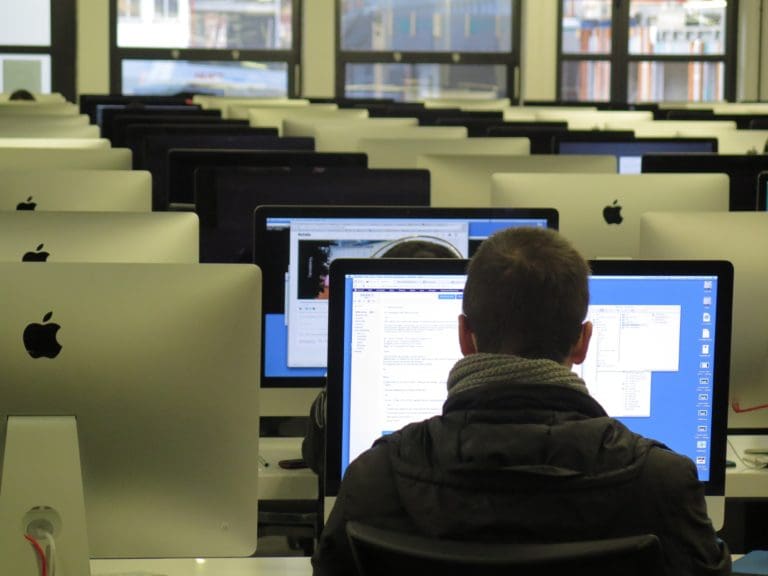Schools have spent the past two dozen years working to close the technology access gap. The assumption has been that all students should have access to technology at school regardless of their geographic location, or the socio-economic status of their families and communities. School leaders and supporters have passed referenda, fundraised, applied for grants, and tapped almost any other available source of funding to support the purchase and availability of technology for students. American schools now spend billions of dollars annually on the purchase and maintenance of technology. Driving these efforts has been the assumption that exposing students to technology will increase learning outcomes.
The good news is that much progress has been made in making technology tools available. While there remain some locations where access to technology is a challenge, the gap has narrowed considerably. Technology is available in most classrooms and schools across the nation.
The bad news is that educators and researchers are discovering that the availability of technology by itself does not increase academic learning. Like blackboards, whiteboards, pencils, and paper, technology is a tool that holds the potential to enhance learning experiences, but technology does not make learning happen. Unless technology tools are utilized appropriately and strategically, they do little to increase the rate, depth, and richness of learning.
In fact, over-use of and over-reliance on technology is creating an emerging gap that has a growing number of parents, educators, and researchers concerned. The rush to purchase and make available a variety of technological devices and the optimistic promises of technology providers have led many struggling schools to push for technology to answer to their performance problems. The assumption has been that if some technology exposure is good, more must be better.
Now, a growing number of elite private schools and schools in wealthier communities are pulling back and limiting the amount of time students spend on technology devices as part of their school experience. Their realization is that education is more than building technology skills. Technology is limited in what it can contribute to learning. Human interactions are also an important aspect of learning. The experiences, perspectives, and insights of others have much to offer in preparation for life as an adult.
The original gap is beginning to reverse itself. There was a time when wealthy students had more exposure to technology than their less well-off age mates, but research by Common Sense Media (2015) has found that the situation has changed dramatically. Their research shows that lower income teenagers spend on average eight hours and seven minutes per day using screens for entertainment, including significant time in front of more than one screen simultaneously. Meanwhile, teenagers from higher income families spend on average five hours and forty-two minutes in front of technology screens. The discrepancy also extends to race, with research studies showing that African-American and Hispanic children are exposed to technology screens significantly more than their white counterparts.
At the same time, a growing number of professionals in the technology industry are choosing to have their children be less exposed to technology toys and tools or not engage at all until they reach adolescence. While technology companies are touting the power of their products to drive learning, a growing number of their engineers and executives are choosing a different path for their families. Many in the entertainment technology industry now see the intentionally addictive experience as a danger to the healthy development of young minds and lives.
Admittedly, determining the best role for technology in formal learning experiences for young people is a complex undertaking. However, there are steps educators who are concerned can take. We can choose carefully when to utilize technology to support learning and when to put technology aside and engage with students directly. We also can enlist parents in efforts to limit the time young people spend engaged with technology in favor of a wider array of experiences and interactions beyond school. And, we can join the movement to advocate for limiting intentionally addictive design in entertainment technology.
Reference:
Common Sense Media. (2015). The common sense census: Media use by tweens and teens. Retrieved from www.commonsense.org



